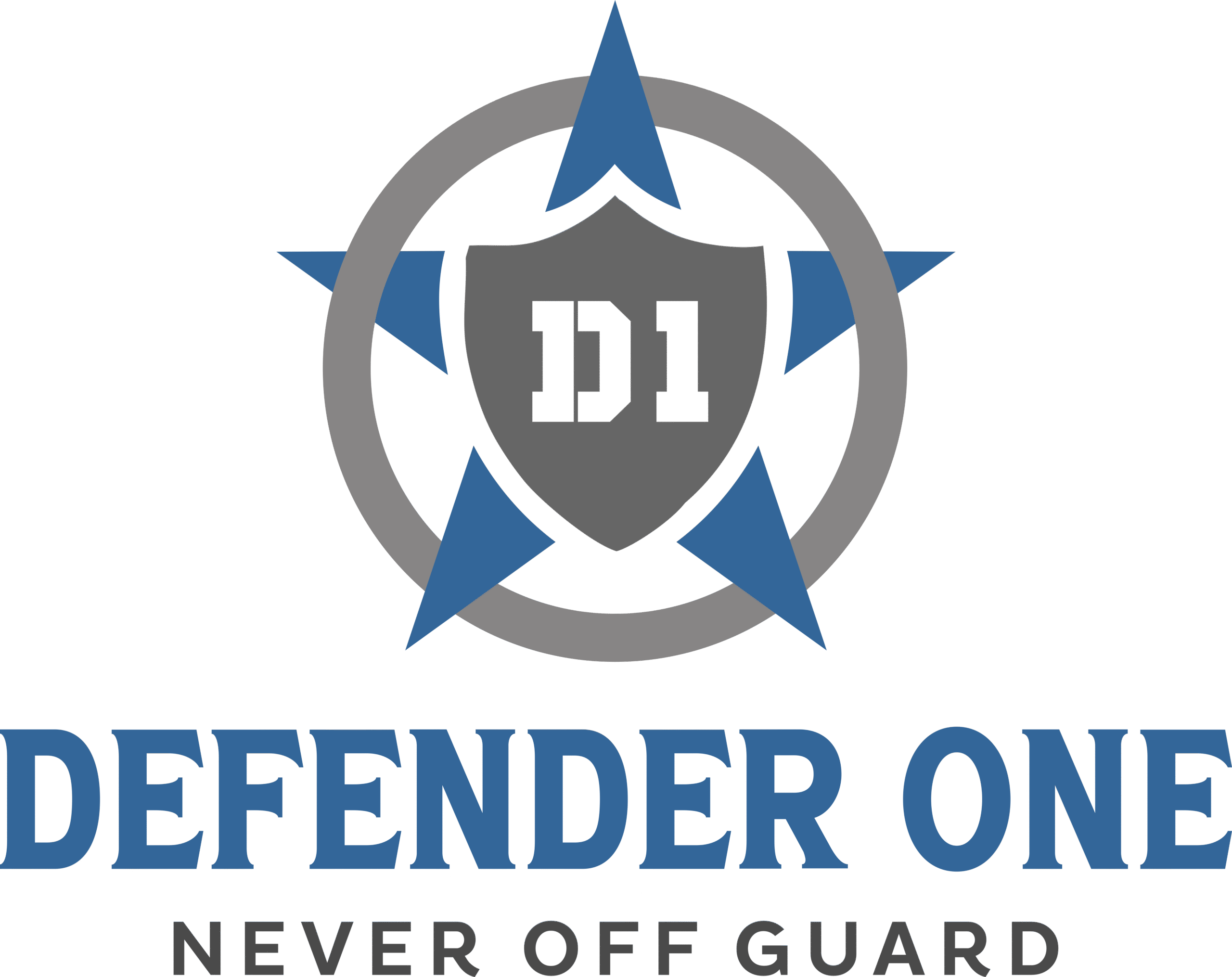Fire drills are a long-standing tradition in schools, ensuring students know how to evacuate safely. However, schools need security drills beyond fire alarms to address modern threats effectively. Schools face risks that range from active threats to medical crises and natural disasters. Yet, many remain underprepared for real-world emergencies beyond fires.
Safety isn’t just about exiting a building—it’s about knowing how to respond in any crisis. Schools must adopt comprehensive security drills to safeguard students and staff from today’s evolving risks.
Why Fire Drills Are No Longer Enough
Fire drills have undoubtedly saved lives. But today, the most common school emergencies aren’t fires. Consider these risks:
- Active shooter incidents require immediate lockdowns, not evacuations.
- Medical emergencies such as seizures, allergic reactions, and cardiac events need on-the-spot intervention.
- Natural disasters like hurricanes, tornadoes, and earthquakes demand specific shelter-in-place procedures.
- Hazardous material leaks may require sealed rooms instead of open exits.
Relying solely on fire drills can lead to confusion in real crises. Schools must expand their training to reflect actual emergency scenarios.
Essential Security Drills Every School Needs
Lockdown Drills: Securing Against Active Threats
In the event of an intruder, staying put is often safer than evacuating. Lockdown drills train students and staff to secure themselves quickly and effectively.
Best Practices for Lockdown Drills:
- Lock and barricade classroom doors immediately.
- Turn off lights and stay silent to avoid drawing attention.
- Communicate discreetly using emergency alerts when safe.
- Have a plan for students caught outside the classroom.
A well-executed lockdown can minimize casualties and confusion, giving law enforcement time to respond.
Shelter-in-Place Drills: Handling Environmental Threats
Certain emergencies, such as severe storms or chemical spills, require staying indoors rather than evacuating. Shelter-in-place drills ensure that students and staff know what to do when going outside is too dangerous.
Key Steps in a Shelter-in-Place Drill:
- Move to pre-designated safe areas away from windows and doors.
- Seal doors and vents in case of chemical exposure.
- Have emergency kits ready with food, water, and medical supplies.
- Maintain communication with emergency responders for updates.
These drills help students and staff stay calm and protected during external threats.
Medical Emergency Drills: Training for Life-Saving Situations
Medical incidents can turn deadly within minutes if responders aren’t prepared. Schools must train staff—and in some cases, students—to react swiftly.
Critical Components of a Medical Emergency Drill:
- CPR & AED training for teachers and key personnel.
- First-aid readiness for common injuries and allergic reactions.
- Emergency action plans for diabetic crises, seizures, or asthma attacks.
- Clear communication protocols to contact paramedics immediately.
The faster the response, the greater the chance of survival. These drills can make the difference between life and death.
Non-Fire Evacuation Drills: Knowing When and How to Exit
Not all evacuations are fire-related. Schools must prepare for bomb threats, gas leaks, and structural hazards with drills that emphasize:
- Alternative evacuation routes if main exits are blocked.
- Safe distances to prevent secondary exposure to danger.
- Orderly, panic-free movement to avoid injury.
- Coordination with local emergency services for guidance.
Every second counts in an emergency. Schools must train students and staff to exit swiftly and safely under various scenarios.
The Role of Teachers and Staff in Security Preparedness
Teachers and staff aren’t just educators—they’re first responders in school emergencies. Their ability to stay calm, lead effectively, and take action is critical.
Essential Training for School Staff:
- Recognizing warning signs of potential threats.
- Maintaining control and composure in high-stress situations.
- Providing first aid while waiting for emergency responders.
- Communicating emergency instructions clearly and quickly.
Regular crisis management training equips school staff with the confidence and skills to protect their students.
Parental Involvement in School Safety
Parents play a crucial role in school security but are often left out of emergency planning. Schools should:
- Educate parents about safety procedures through orientations.
- Encourage family emergency plans to reinforce preparedness.
- Provide clear reunification protocols for post-crisis pickup.
When parents are informed and engaged, they help create a stronger, more coordinated response during school emergencies.
Leveraging Technology for Enhanced Security
Security drills are essential, but technology can add another layer of safety. Schools are increasingly using:
- Silent panic alarms to notify law enforcement instantly.
- AI-powered surveillance to detect suspicious behavior early.
- Automated emergency notifications to update parents and staff in real time.
Combining training with technology ensures schools are better prepared for emergencies.
Creating a Culture of Preparedness
Safety drills should not create fear—they should build confidence. Schools can foster preparedness by:
- Holding regular drills covering different emergency scenarios.
- Conducting post-drill reviews to improve response strategies.
- Tailoring training to different age groups to minimize anxiety.
When preparedness becomes second nature, students and staff respond instinctively in real emergencies.
Final Thoughts: A New Standard for School Safety
Fire drills were a step in the right direction, but they are no longer enough. Schools need security drills beyond fire alarms because modern threats require modern solutions.
By implementing multi-layered drills, staff training, and security technology, schools create safer learning environments where preparedness is the norm, not the exception.
